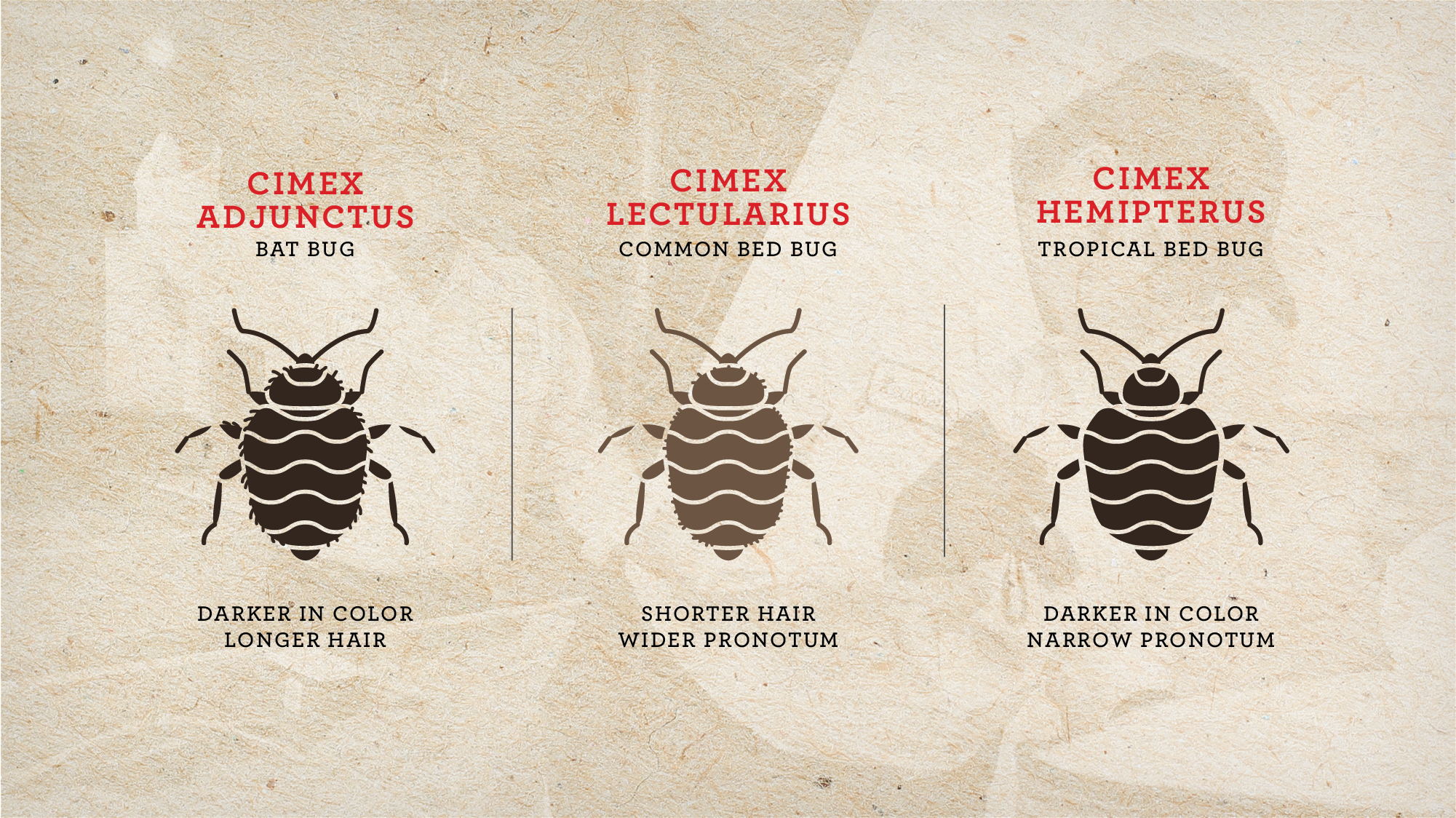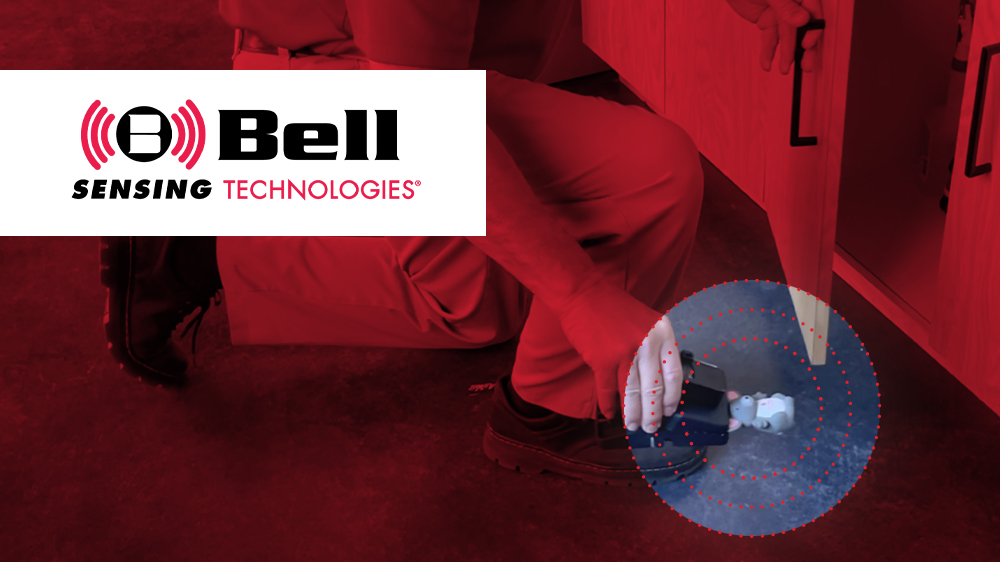
Buzz Off! Know Your Local Wasps
Nothing ruins outdoor activities in Louisiana quite like encountering an aggressive wasp. Southern Louisiana is home to several wasp species, each with distinct characteristics and behaviors. This wasp identification guide will help you recognize the five most common wasps in our region: yellow jackets, paper wasps, mud daubers, cicada killers, and bald-faced hornets. For more on distinguishing wasp species, see the USDA Agricultural Research Service.
If you’re seeing wasps or bees around your home or business, it’s time to take action. Learn more about our Residential Pest Control and Commercial Pest Control services to keep your property wasp-free.
Yellow Jackets – Wasp Identification and Behavior
Where Are They Found And What Are They Looking For?
Yellow jackets (Vespula species) are highly aggressive social wasps that build underground nests, often in abandoned rodent burrows, or occasionally in wall voids and attics. In Southern Louisiana, they’re particularly active from late spring through fall. Yellow jackets are attracted to sweet foods, proteins, and garbage, making them unwelcome guests at outdoor gatherings.
Identifying Features
Yellow jackets measure about ½ inch long with distinctive bright yellow and black striped patterns. Their bodies are smooth and shiny, with clearly defined waists. Unlike bees, yellow jackets have very little hair and a more streamlined appearance. They typically fly with their legs held close to their bodies. Their nests are papery with a distinctive envelope covering and can house thousands of individuals. Accurate wasp identification is important to distinguish yellow jackets from less aggressive species like paper wasps.
Paper Wasp Identification Guide
Where are they found and what are they looking for?
Paper wasps (Polistes species) build open-comb paper nests that hang from a single stalk, typically under eaves, behind shutters, or in other sheltered locations. In Southern Louisiana’s warm climate, paper wasp colonies can persist longer than in northern regions. They feed primarily on caterpillars and other garden pests, making them beneficial for gardeners.
Identifying Features
Paper wasps are slender, measuring ¾ to 1-inch long, with long legs that dangle when flying. They display various colors, including reddish-brown, black, and yellow patterns. Their bodies are more elongated than yellow jackets with a very thin waist. Paper wasps are less aggressive than yellow jackets but will defend their nests if threatened.
Mud Daubers – Identification and Nesting Habits
Where Are They Found And What Are They Looking For?
Mud daubers (Sceliphron species) are solitary wasps that construct distinctive mud tube nests on walls, under eaves, in attics, and other protected areas. Common throughout Southern Louisiana, mud daubers hunt spiders, which they paralyze and store in their mud nests as food for their larvae.
Identifying Features
Mud daubers are slender wasps, typically ¾ to 1 inch long, with extremely thin, thread-like waists. The most common species in Louisiana is the black and yellow mud dauber, which has a black body with bright yellow markings on the legs and thorax. Blue mud daubers display a metallic blue-black color. Their mud nests are tube-like structures, often clustered together in protected locations.
Cicada Killers
Where Are They Found And What Are They Looking For?
Cicada killers (Sphecius speciosus) are large, solitary wasps that dig burrows in well-drained, light-textured soils in sunny locations. In Southern Louisiana, they’re most active during summer when cicadas emerge. Despite their intimidating size, they’re focused on hunting cicadas to provision their underground nests.
Identifying Features
Cicada killers are Louisiana’s largest wasps, measuring 1.5 to 2 inches in length. They have rusty red to black bodies with bold yellow markings on the abdomen. Their wings have a rusty tinge, and their massive size makes them easy to identify. Despite their fearsome appearance, male cicada killers cannot sting, and females rarely sting humans unless handled.
Do you have a different flying bug in your backyard?
Check out our Bees and other identification blogs.
If you suspect any of these wasps have established nests on your property, the safest and most effective solution is to call The Bug Man. Wasp stings can cause painful reactions and potentially dangerous allergic responses in sensitive individuals. Contact The Bug Man to handle wasp identification. We will relocate their nests safely–we’ll handle the risky work so you don’t have to.




